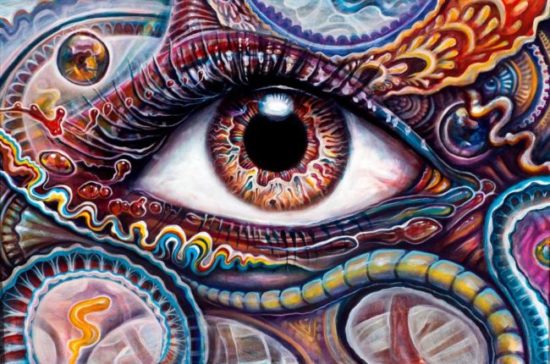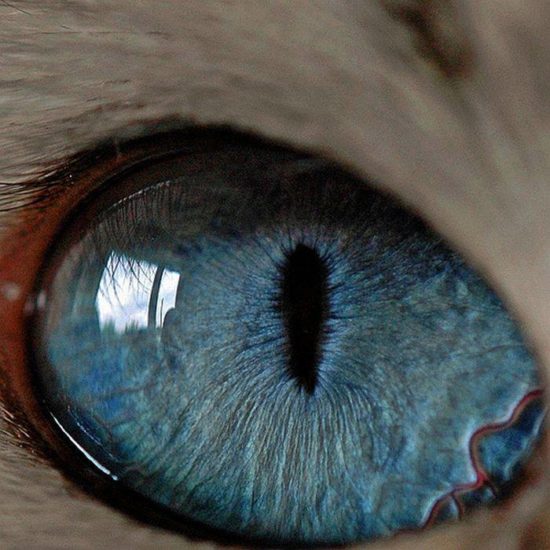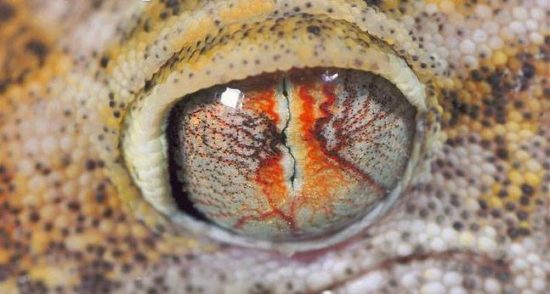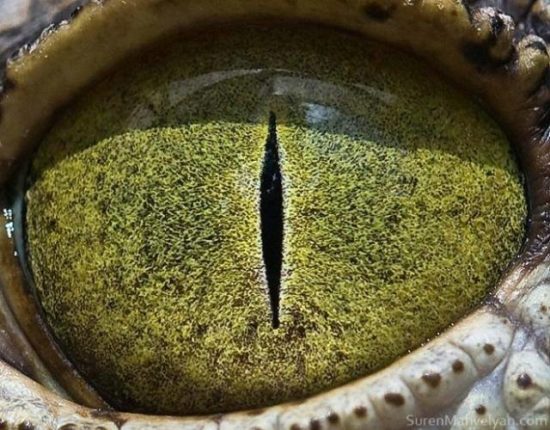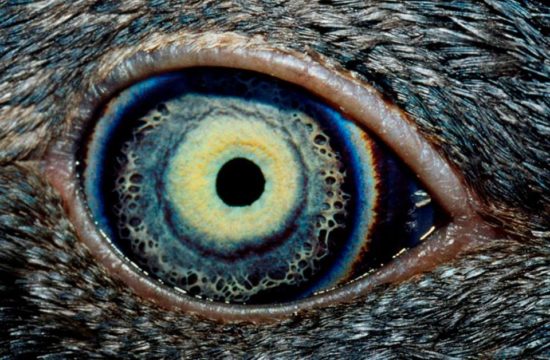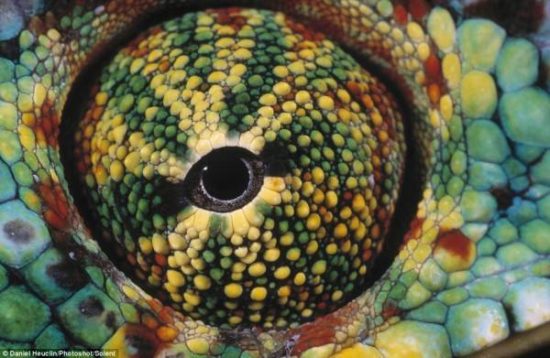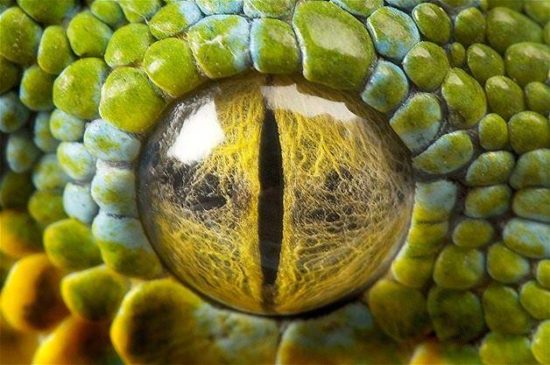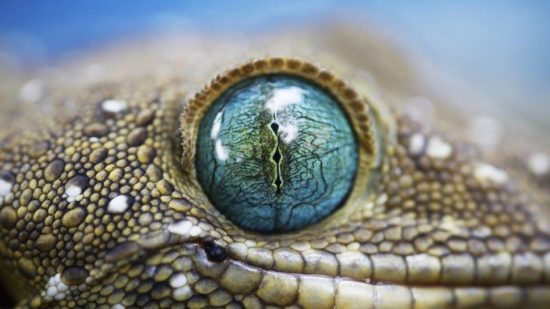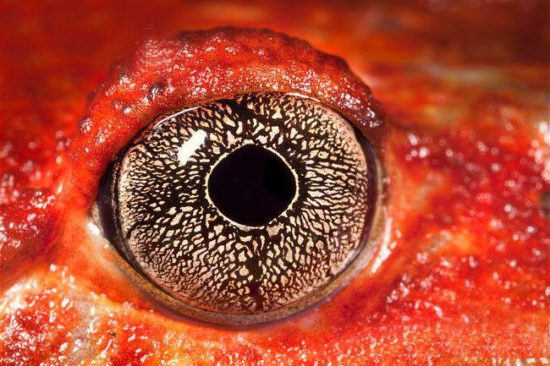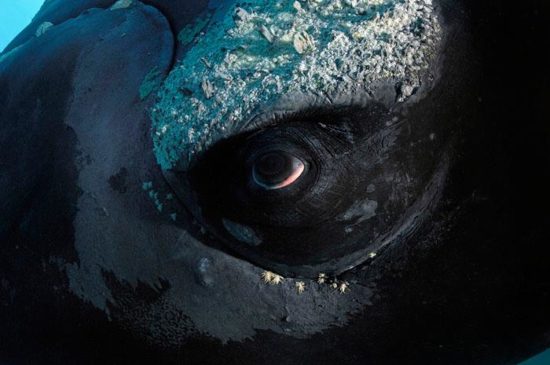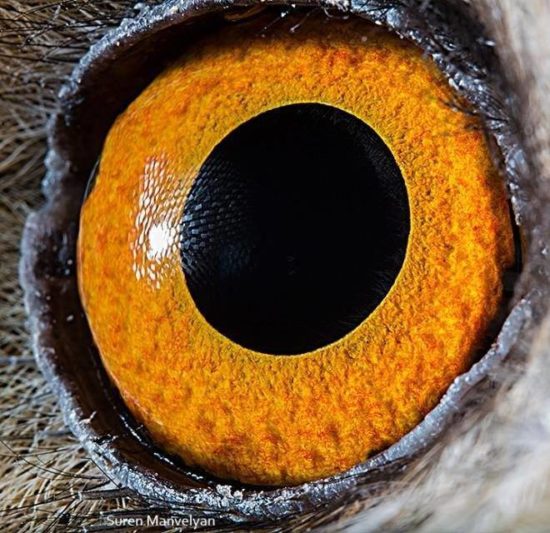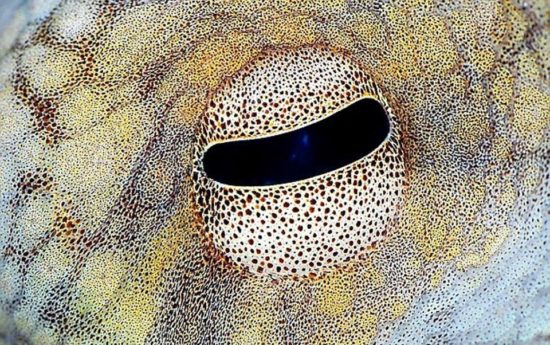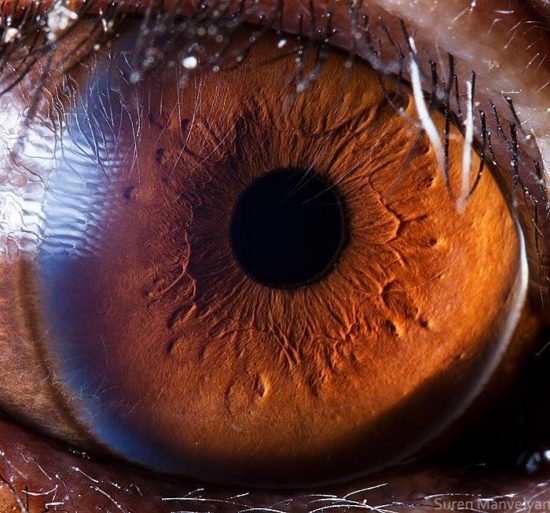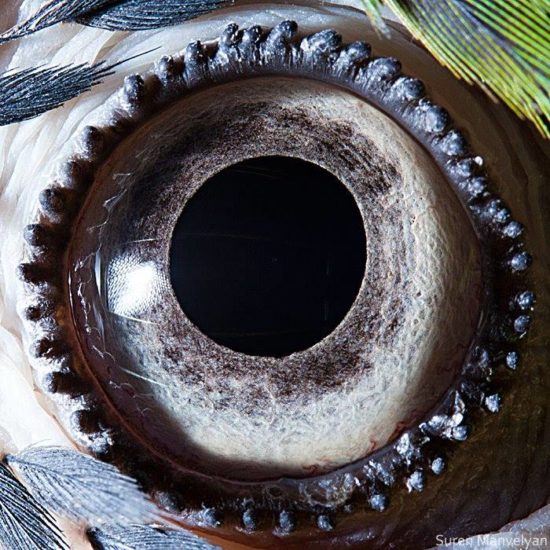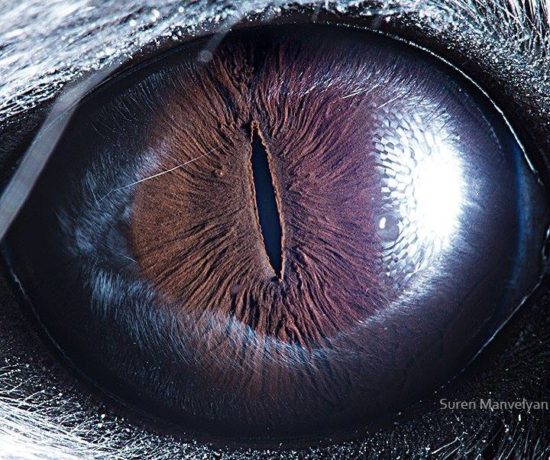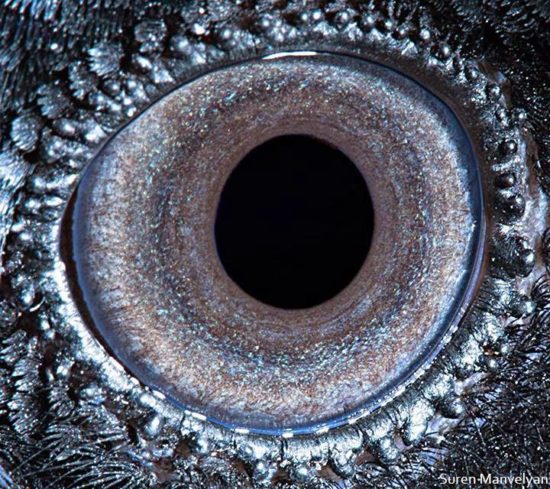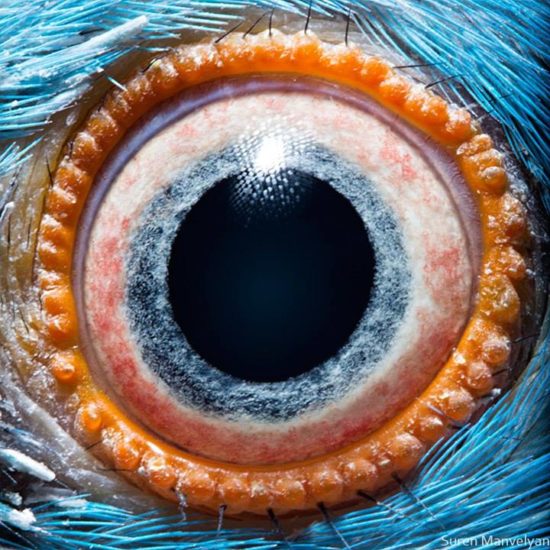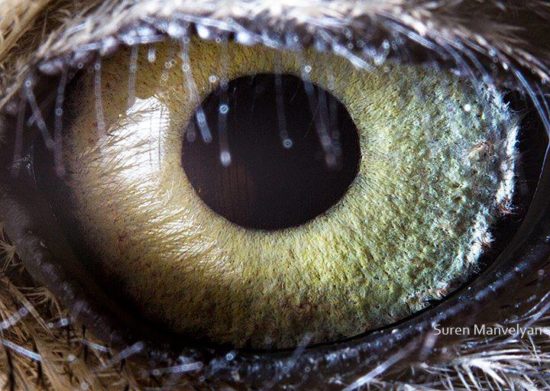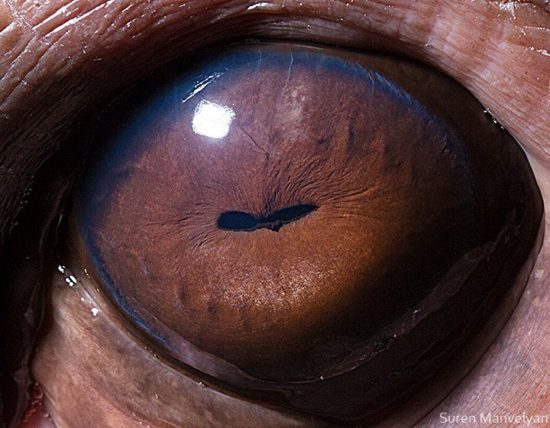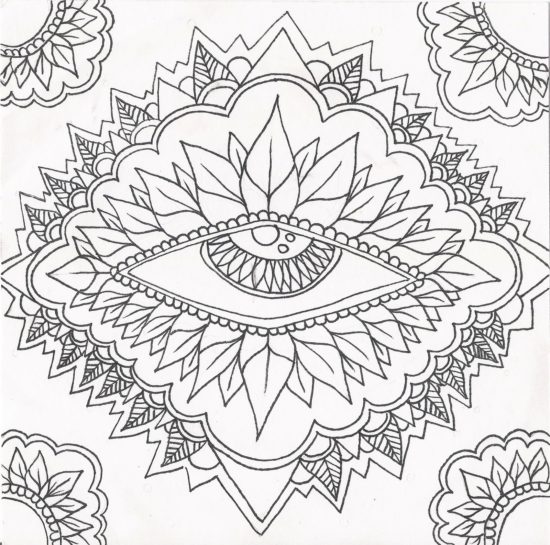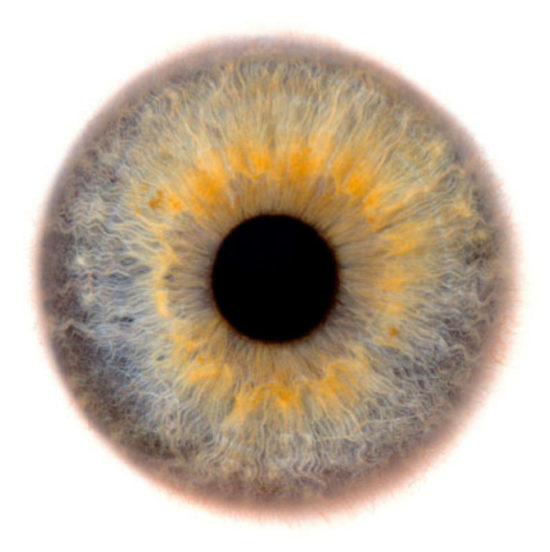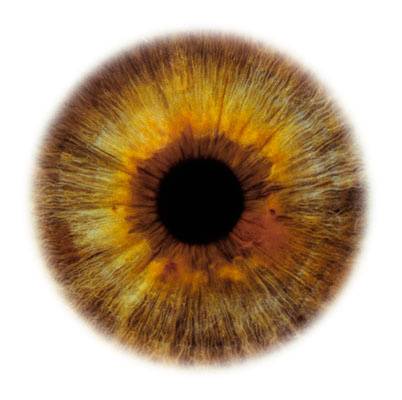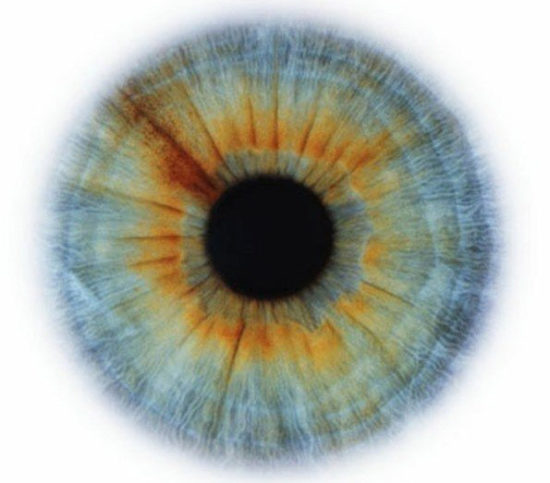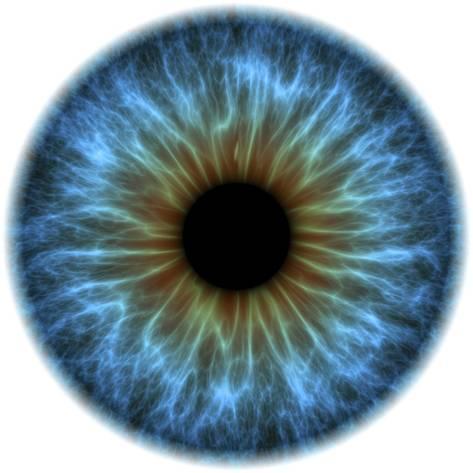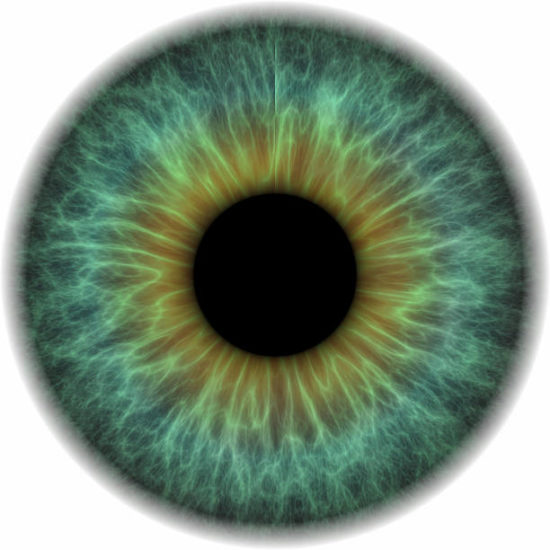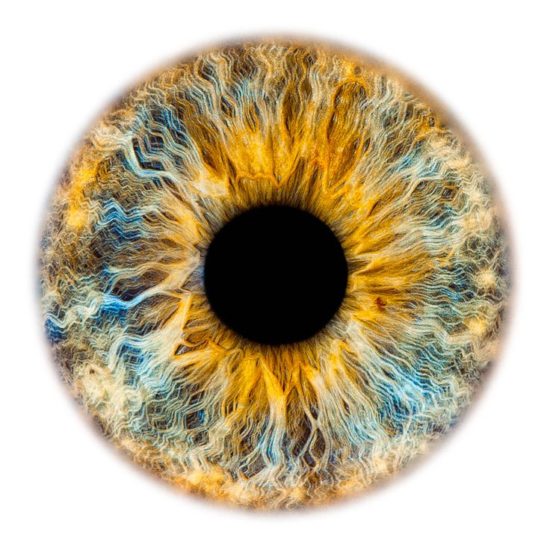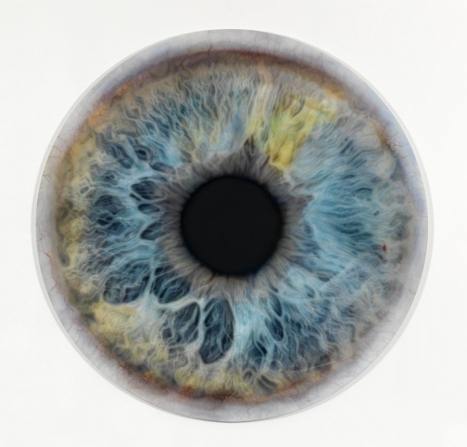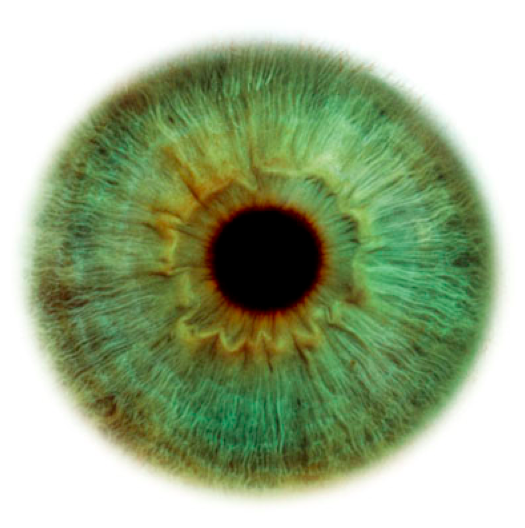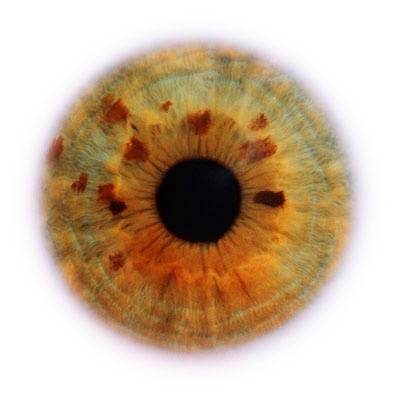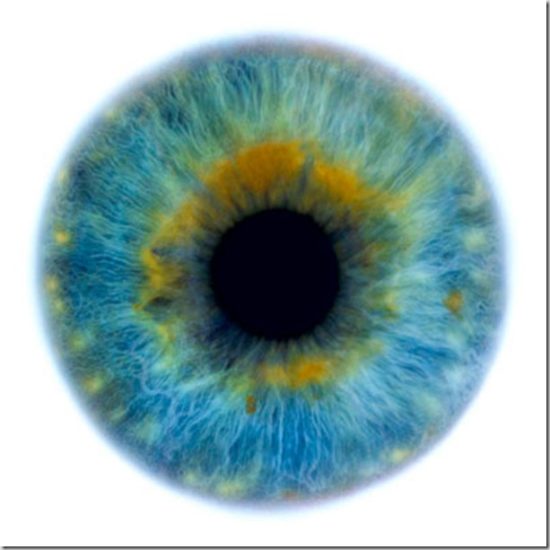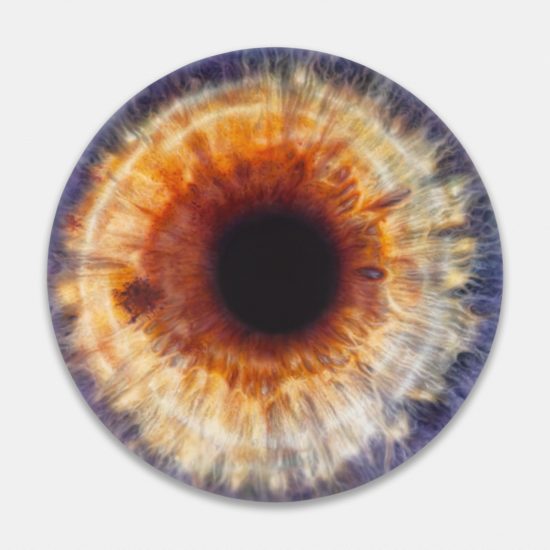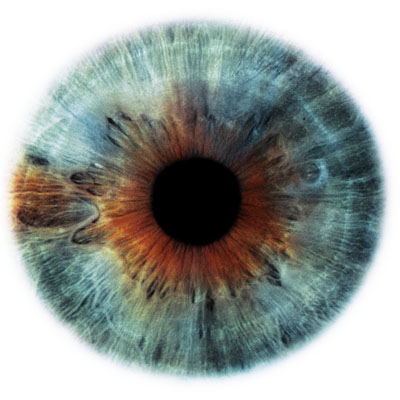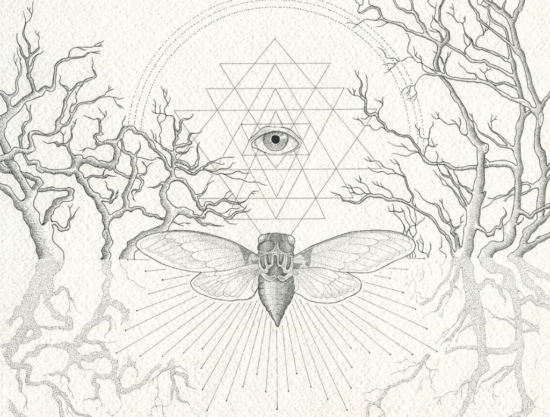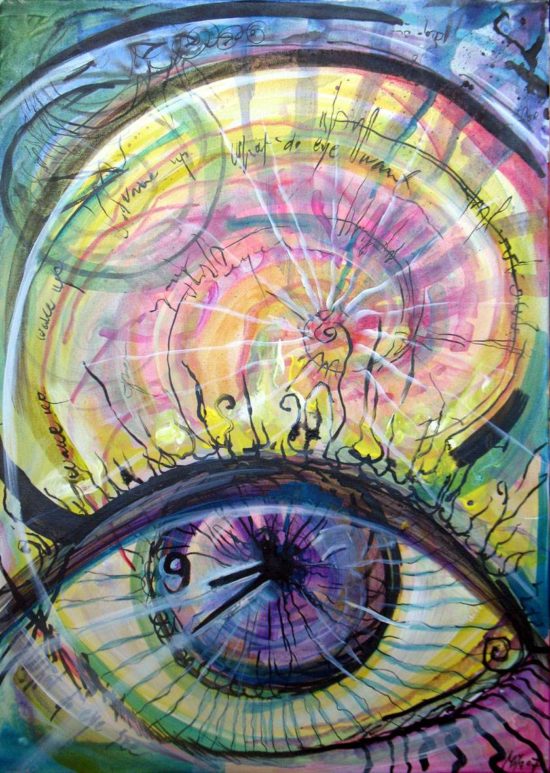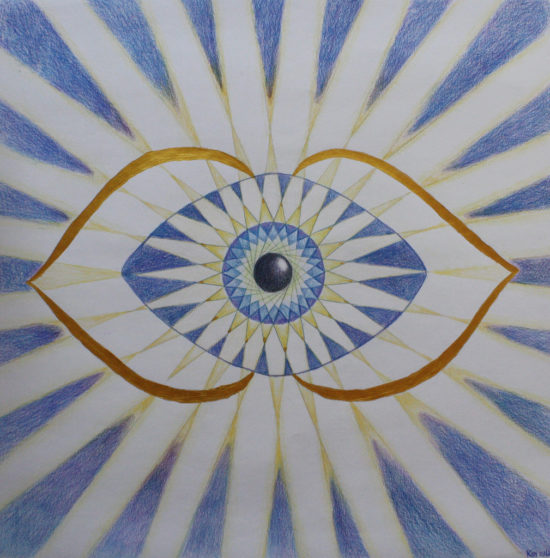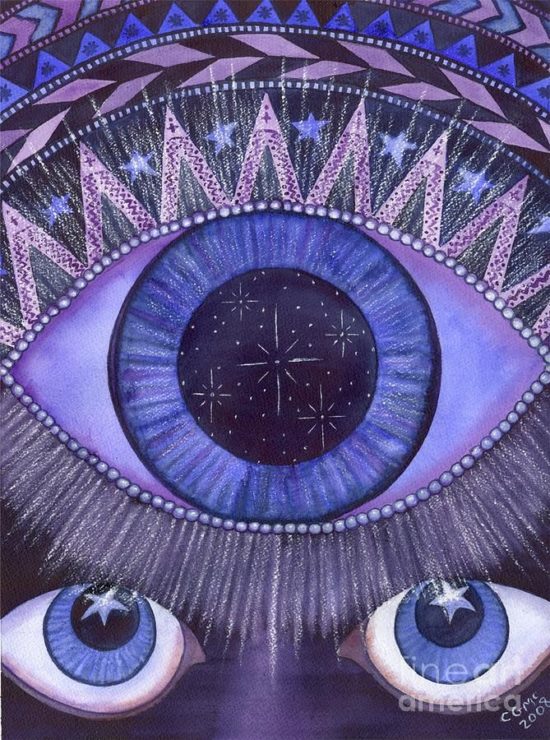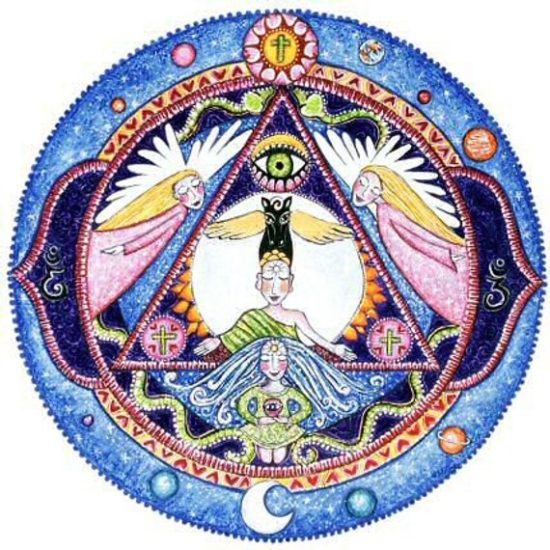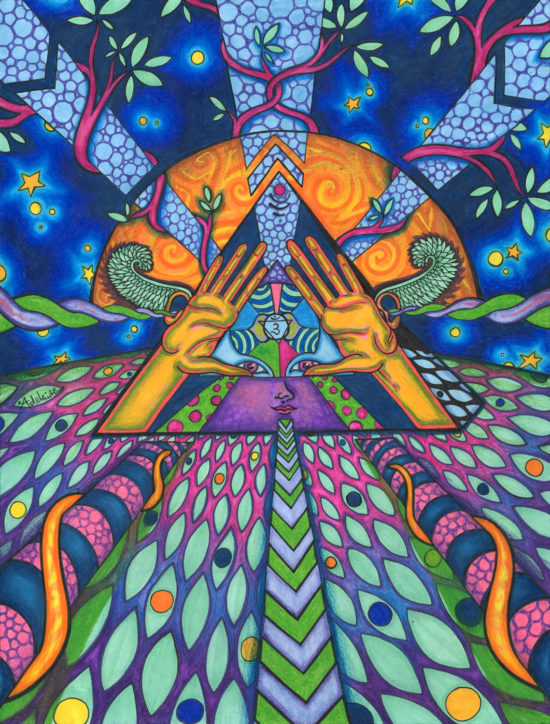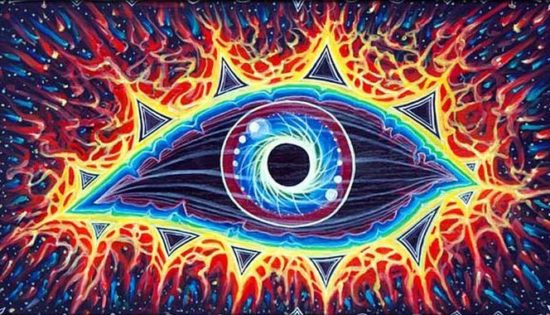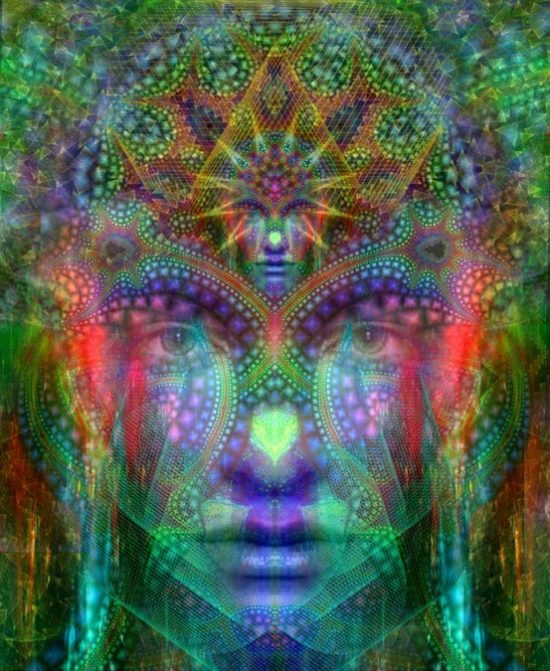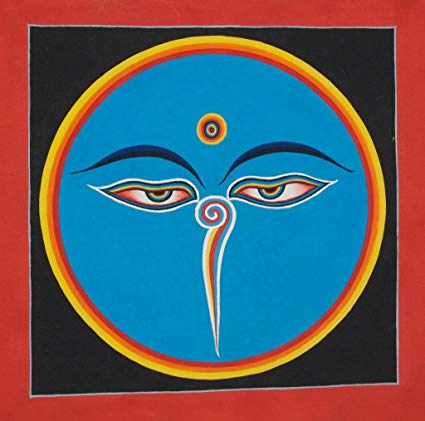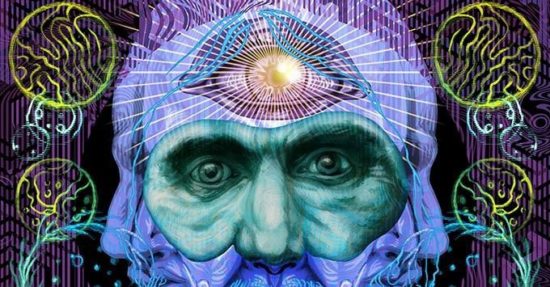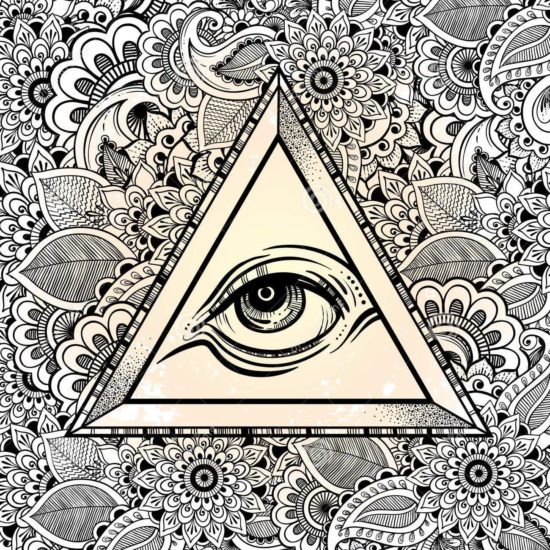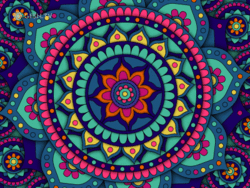Eyes
God’s Eye
Animal Eyes
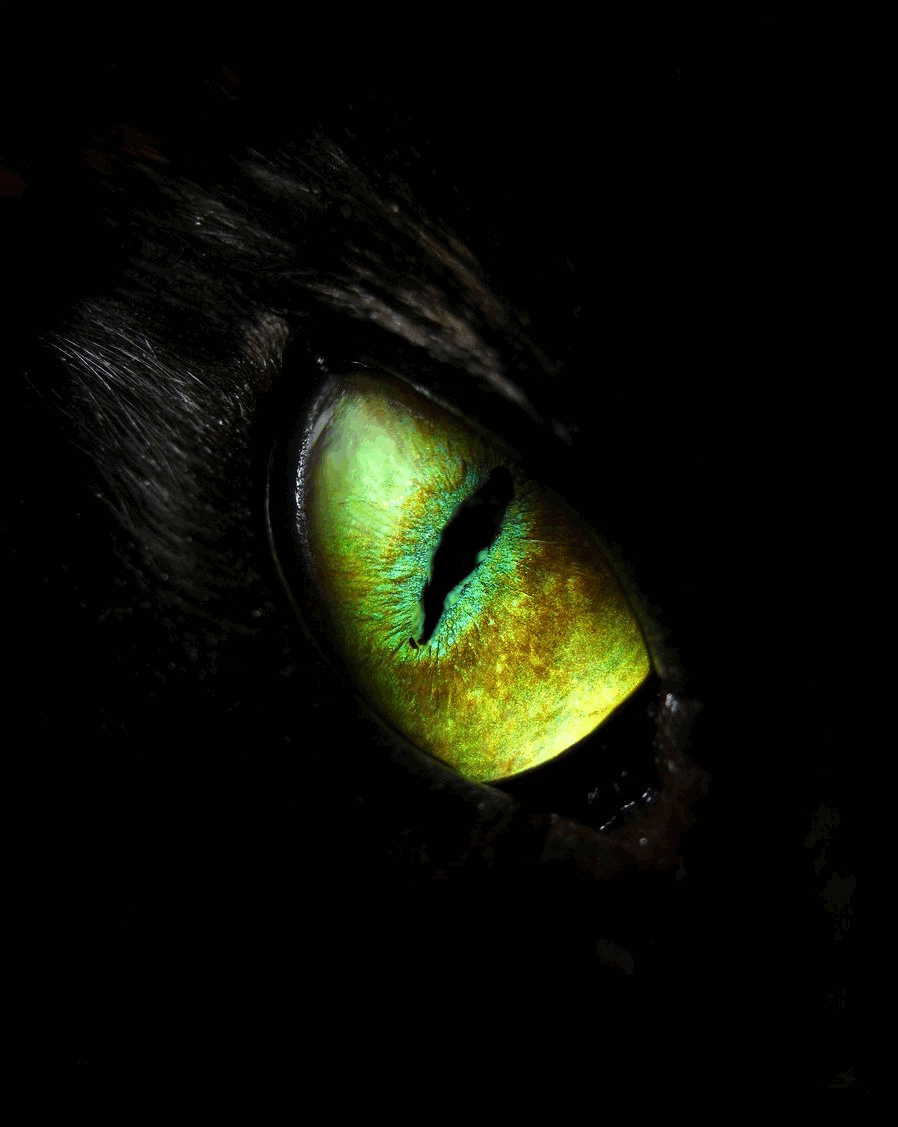
There’s a lot that can be inferred from looking at someone’s eyes. After all, they are the windows to the soul. But when it comes to animals, you can learn a lot more about them than just their personality.
These animals all have unique, highly specialized eyes. Can you guess which animal each belongs to without reading the caption?
Cats can see 8 times better than humans.
Because geckos are nocturnal, their eyes are more light-sensitive, with the pupils constricting when they hit light.
A crocodile’s eyes can adapt to twilight or nighttime.
Penguins have eyes that allow them to see better underwater.
Chameleons can rotate their eyes 360 degrees independently of one another!
A python’s eye is mesmerizing.
A tokay gecko has transparent eyelids.
This tomato frog has many different types of optic nerves.
Marine mammals, like this whale, have limited vision because of the way the water refracts light.
Owls cannot easily see from close distances, but they are excellent from farther away, particularly in low light.
The octopus has binocular vision.
Just like humans, chimpanzees have binocular vision.
Lemurs have such excellent night vision that they can still make out colors in almost complete darkness.
Macaws see everything in ultraviolet vision.
A chinchilla has truly striking eyes. It looks like a landscape!
A crow’s eyes almost look like they’re frosted over. Chilling.
Parrots’ ultraviolet vision allow them to see the maturation of fruits.
Unlike other birds, the athene noctua owl is able to blink one eye and turn its head three-quarters of its total rotation.
This hippo’s eye is adapted for nighttime.
Found at Honest To Paws
This Eye Mandala Begs For Color
Here’s a totally cool mandala I found at Shattered Butterfly.
Something like this would be a lot of fun to color.
Check out her Etsy store to see how it looks in full color.
EyeScapes – An Amazing Collection
Rankin, photographer and founder of Dazed and Confused magazine, created an incredible photographic series of more than a dozen decontextualized irises. Scrolling through these images is quite trance-inducing. The project is called EyeScapes.
Stress and Sight
Like breathing, seeing is not something you need to do, rather it is something which you allow. Most people, however, do not appreciate that seeing is essentially a passive process. They strain to count the stars in the sky, to read the tiny print of newspapers, and to keep awake while studying organic chemistry long into the night. The conditions of civilized life place our minds and bodies under continual tension which blocks our ability to let seeing take place naturally.
The idea that poor eyesight is primarily a result of stress was pioneered by ophthalmologist William Bates, MD. The solution to our vision problems, according to Bates, is not to stop reading, or looking at the stars, or studying for an exam, but rather to relax the mental strain which supports the imperfect functioning of the eye in both near work and distant vision. Aldous Huxley was one of the many who succeeded in doing this. Relaxation is the key.
Here’s an exercise for relaxing the eyes:
Resting:
To relax your eyes is to relax your whole body. Since so much of our sensory input is visual, temporarily closing off this channel will almost immediately cause the rest of the body to slow down. Brain wave patterns change to a lower frequency as soon as the eyes are closed. Resting your eyes are an important way of reestablishing balance throughout the system and reducing unnecessary strain.
Palming:
This is a technique developed by Bates for relieving eye strain.
- Sit or lie down and take a few moments to breathe deeply.
- Now gently close your eyes.
- Place the palms of your hands over your eyes, with your fingers crossing over your forehead.
- Use memory and imagination to realize a perfect field of black. see it so black that you cannot recall anything blacker.
- Do not try to produce any experience. Simply allow the blackness to happen.
- Continue for 2 to 3 minutes, breathing easily.
- Remove your hands from your eyes, and open them slowly.
- Do this several times a day, or whenever you need to relax.
From The Wellness Workbook
Something Fun
Here’s something interesting to color. It’s in line with my current theme of Eyes, and it also includes some sacred geometry, and a few other other elements.
Nothing Goes Unnoticed
“The sun’s rays have vision and give us vision. However, it is the birds’ eyes and the two invisible angels by your side that record everything. Nothing goes unnoticed throughout the universe. Wherever there is a vibration, there are eyes and ears. Some energies don’t need ears or vision to see or hear, they can feel what is in your heart and tap into all your sins and fears.”
― Suzy Kassem
Third Eye Mandalas
About The Third Eye
The third eye is known as the gateway to higher consciousness. It may alternately symbolize a state of enlightenment. In Eastern and Western spiritual traditions, the third eye is known as the “inner eye”; the mystical and esoteric concept referring to the “ajna” chakra. The third eye is associated with clairvoyance, out-of-body experiences, visions, and precognition. People who have developed their third eye are known as “seers”.
Hinduism and Buddhism use the third eye as symbolism of enlightenment. It is referred to as “the eye of knowledge” in Indian tradition. East Asian and Indian iconography show the third eye as a dot, eye or mark on the forehead of deities and other enlightened beings. Hindus place a “tilak” between the eyebrows as a representation of the third eye.
There are two small organs in the brain known as the pituitary body and the pineal gland. Medical Science refers to the pineal gland as the “atrophied third eye.” It is said that neither of these glands are atrophied. These glands were once used in the past as a means for man to get in touch with the inner worlds, his way to ingress. These glands will again serve that purpose. Man will again possess the ability of clairvoyance by remembering how to establish a connection to the pineal gland and the pituitary body, but on a much grander scale by connecting the pineal gland and the pituitary body with the cerebrospinal nervous system. Once this is accomplished, it will be under the control of man’s will.
Activating the third eye can be accomplished through meditation. Mastering the art of meditation will help to activate the pineal gland and the pituitary body as well as teaching you to relax and open your mind to all possibilities. Once this is accomplished, clairvoyance is easily reached.
In the charkra systems, the third eye is the sixth chakra and is associated with the color indigo. This chakra is often referred to as the avenue to wisdom. Here we can tap into our own inner wisdom and help to put our own learning experiences into perspective. It is through this open brow chakra that we develop our intuition and receive visual images.
The third eye is the heart of spiritual work. Through the third eye you can communicate what you desire to know about the aspects of your life which have been hidden from you. There would be spiritual darkness without the third eye.
If you are looking to open and clear your third eye you must clean up the heart as most of the energy moving through the third eye comes from the heart. Practicing chakra meditaitons will help you to open and clear all chakras allowing the energy to flow.
The third eye is located in the geometric center of the brain. There is a correlation between this and the Great Pyramids in the center of the physical planet. It is located directly behind the eyes attached to the third ventricle. It controls various biorhythms of the body and is activated by light. The pineal gland “third eye” works harmoniously with the hypothalamus gland which directs thirst, sexual desire, hunger, and the biological clock which determines the aging process.
From: Token Rock
